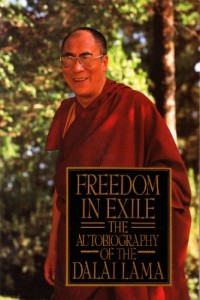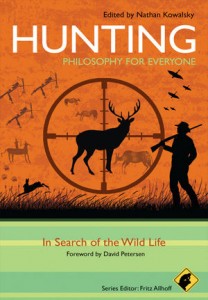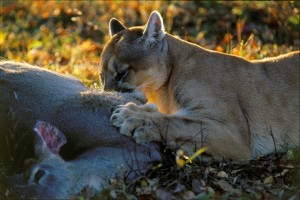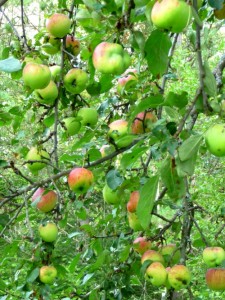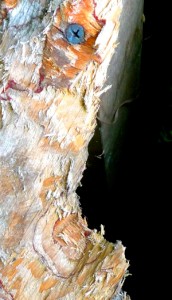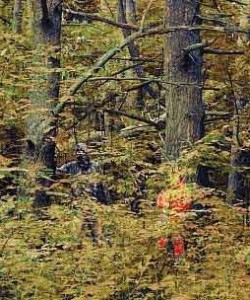
The young man’s hunting outfit consisted of dark wool pants, a camouflage vest, and a brown knit hat just a couple shades lighter than winter deer hair. (Strike One: It was rifle season and he wasn’t wearing a stitch of blaze orange.)
His lever-action rifle, aimed downward, was pointed at the laces of his left boot. (Strike Two: He was apt to blow a hole through his own foot.)
In two minutes of conversation, I learned that he had never hunted this area before. (Strike Three: He had no idea where the nearest homes and driveways were, no idea which directions were and were not safe to fire in.)
I pointed across a wooded gully to our right and told him that our house was about a hundred yards away, beyond the safety-zone sign tacked to that maple. Then I pointed across the small beaver pond in front of us, indicating that our neighbors’ house was right there, beyond that single row of softwoods.
That was three months ago, and I still find my thoughts wandering back to that young man. In particular, I find them wandering back to Strike One.
In Vermont, as in a number of other states, it’s legal to hunt without wearing any blaze orange, even in rifle season.
But should it be?
If my libertarian-minded father was alive today, I reckon he would argue that folks should be allowed to wear whatever they want to. A New Hampshire resident, he always supported the state’s refusal to instate a motorcycle-helmet law, saying “If you’ve got a $10 head, wear a $10 helmet.” Though helmetless riders made me think that the state motto should be changed to “Live Free and Die,” I grant that my father had a point.
I grant, too, that red-and-black-checked wool jackets—the Vermont hunter’s traditional garb—have far more aesthetic charm than my neon orange vest.
And I grant that a human does not look like a deer, no matter what jacket or vest they’re wearing. No one will ever be mistaken for game by a hunter who makes absolutely certain of what he or she is shooting at.
On the other hand, not every hunter makes absolutely certain. Rare though it is, humans do sometimes get mistaken for animals. Statistically, blaze orange does a very good job of preventing such horrors. (The New York Department of Environmental Conservation, for instance, reports that 15 big game hunters were mistaken for deer or bear and killed in the state in the past decade. Not one of them was wearing orange.)
And even for the very careful hunter, I find it easy to imagine scenarios like this one: A hunter sees a deer in the woods, thirty yards off. She raises her rifle. What she does not know is that another hunter—a young man, perhaps—is stalking through woods seventy yards beyond the deer.
Does she catch a glimpse of blaze orange among the tree trunks, before squeezing the trigger? If not—and if her bullet travels a hundred yards—what becomes of him, of her, and of both their families?
© 2011 Tovar Cerulli

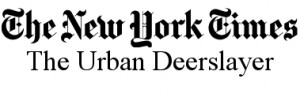


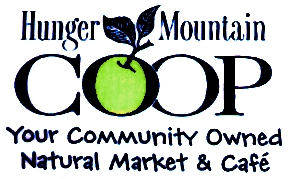 Sudden bouts of wondering why the local food co-op—with its cooler full of local, organic, free-range meats—doesn’t sell hunting licenses.
Sudden bouts of wondering why the local food co-op—with its cooler full of local, organic, free-range meats—doesn’t sell hunting licenses.